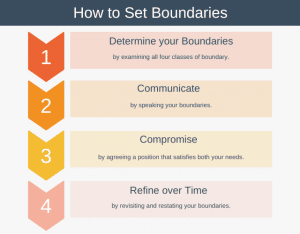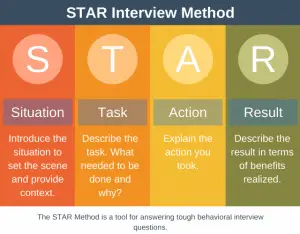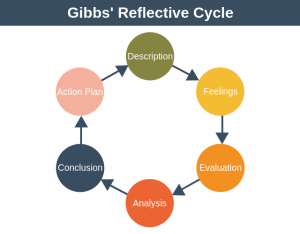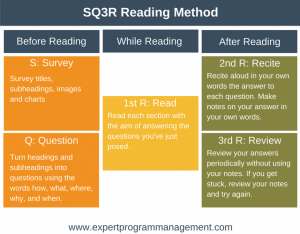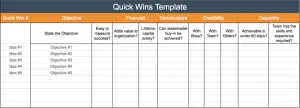Whether you have just been promoted, started a new job, or your previous boss has been replaced, having a new boss can be a daunting experience, as you will have invested much time an effort into building your relationship with your previous boss and now you’re back to square one.
To get you off to a good start with your new boss, here are five conversations you should have with them. I first came across these tips in the book, The First 90 Days: Critical Success Factors for New Leaders at All Levels by Michael Watkins.
Conversation 1: Situational Diagnosis
Use this conversation to gain an understanding of how your boss sees the current business situation. You should also aim to understand the background of why your boss thinks the business ended up in this situation. Your opinion may of course differ significantly from that of your boss, but it is important to understand their perception of the problem and how they perceive the hard and soft challenges ahead.
Conversation 2: Clarify Expectations
Use this conversation not just to understand the expectations of your boss but to negotiate those expectations. Aim to understand and negotiate what your boss requires from you both in the short and medium term. Agree what will be considered success and how your progress against this criteria can be measured (use SMART objectives), and when this measurement will take place. Keep in mind when negotiating expectations that it is always better to under promise and over deliver.
Conversation 3: Style
Use this conversation to lay the ground rules around how you and your boss will work together going forward. You’ll want to understand the preferences of your boss when it comes to how you should communicate, for example, is telephone better than email or face-to-face communication? How often do you need to interact? What level of delegation will work best for them – you can refer to The Delegation Ladder for some initial suggestions. If your styles differ then discuss how you both might change the manner and frequency by which you interact to handle this difference.
Conversation 4: Resources
Once you have some understanding around the current situation, expectations, and style of interaction, you can start to discuss what resources you need to utilize to be successful. Don’t just think people, but also external resources or even simply your bosses time to help you influence (see John Kotter’s advice on How to Lead Change)
Conversation 5: Personal Development
Use this conversation to gain an understanding of how your work and job will contribute to your overall personal development. Be open about what areas you feel you are weak in, and what can be done to improve those areas. Are there special projects you could get involved with and make yourself useful to your boss on, without losing sight of your primary objectives and responsibilities?
To Conclude
You will notice that their is a logical sequence to the conversations described above, with the earlier ones focusing on what the problem is, expectations, and how you will interact with your boss. Later, you will know enough to agree resources and renegotiate expectations as necessary as your understanding of the situation grows. Finally, once you have all this under your belt its time to discuss your personal development. In practice these conversations may be somewhat intertwined, but the five conversations described above should serve as a reference, helping you to interact proactively and positively with your boss during your initial 1-3 months with them.


